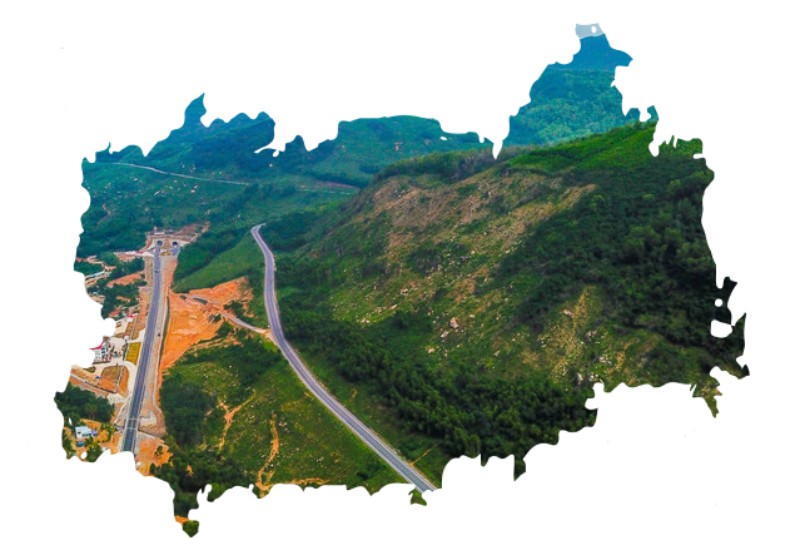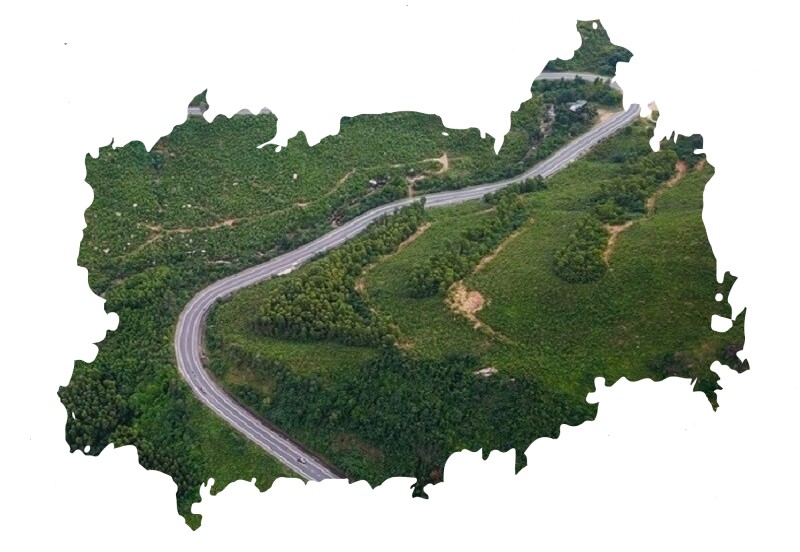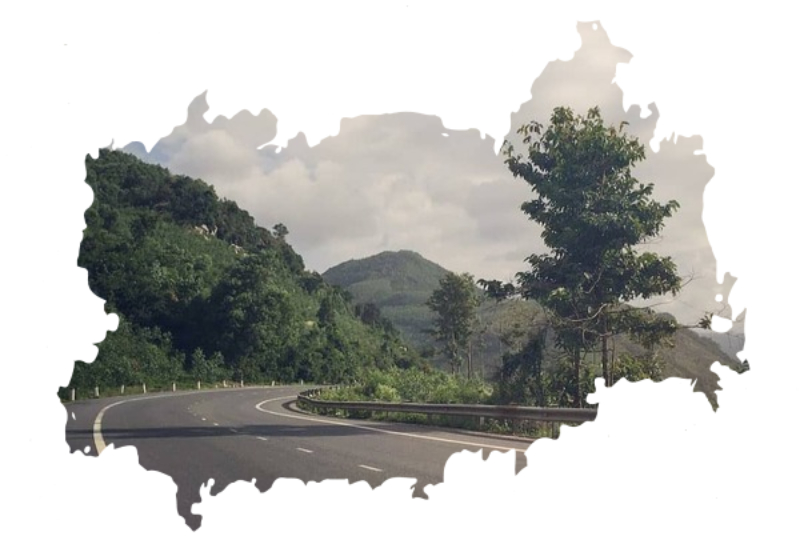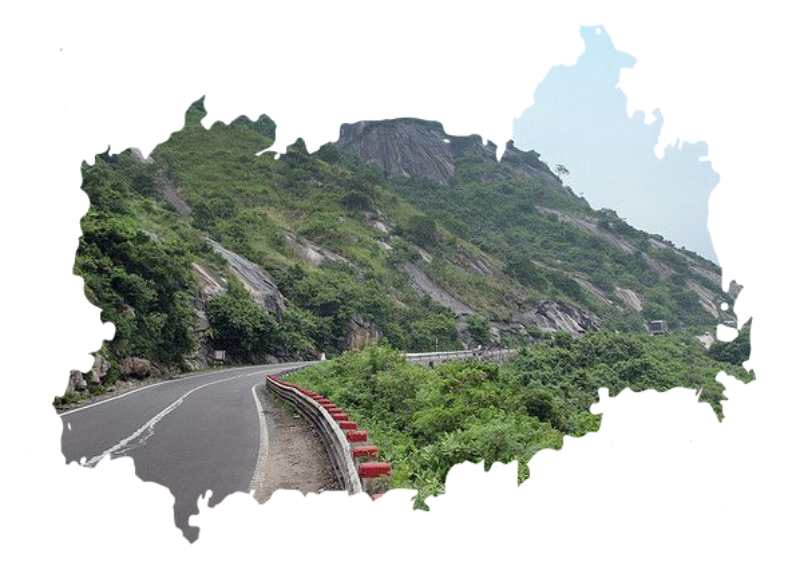Cu Mong Pass has been known for a long time as one of the South Central Coast’s most dangerous passes.
This place is popular with tourists because it has many beautiful mountain landscapes with death bends.
Where is Cu Mong Pass?
The Cu Mong Pass is on National Highway 1A, where the two provinces of Binh Dinh and Phu Yen meet.
The northern end of the pass is in the Bui Thi Xuan ward of Quy Nhon in the province of Binh Dinh.
The southern end of the pass is in the Xuan Loc commune, which is in the Song Cau district of the Phu Yen province.

The mountain’s pass is also called Cu Mong. It is part of the Nam Truong Son range, more commonly called the Nam Son range.
The pass is 7 km long, 245 m high, and has a 9% slope. The dangerous, winding pass with high mountains on both sides is hard for many people to get through because it is so dangerous.
The pass is a road that goes through one of the Nam Truong Son mountain range’s branches that leads to the sea.
When there was no road between Quy Nhon and Song Cau, the pass was the only way to get from Binh Dinh to Phu Yen (National Route 1D).
Cu Mong Pass’s story and history
History says that Dai Viet and Chiem Thanh fought a battle in 1471. The Cham lost their land, and they left the area from Hai Van pass to Cu Mong pass in the north.

From 1471 until 1611, this Cu Mong pass was the new border between Dai Viet and Chiem Thanh. It is Vietnam’s highest and most dangerous pass.
Before the Lunar New Year in 2019, the Cu Mong pass tunnel opened so there would be fewer accidents and more economic growth in Binh Dinh, Phu Yen, and the South Central region.
What makes Cu Mong Pass interesting?
The Cu Mong Pass is the shortest pass in Vietnam. It is only 7 km long, and its highest point is 245 m above sea level. It has a steep slope of 9%, turns, and high cliffs on both sides.
Even though it is hazardous, this pass always has a lot of visitors because it is so stunning and untouched.
The current pass is quite beautiful. Even though many narrow passes are a bit dangerous, this is still a great place for travelers to check in.

The gate to the Tuy Hoa leprosy camp, which opened more than 80 years ago, is right at the top of that pass. Here you can go to the flower garden where the poet Han Mac Tu spent his last days.
After he passed away, his grave was put at the top of Son Pass near Ghenh Rang, where the most beautiful Queen beach in Binh Dinh is.
Cu Mong pass is far away from the Vinh Cuu peninsula to the east and the Hai Phu peninsula to the south, which sticks out with Hon Tom, Mui Ong Dien, and Hon Nan.
Cu Mong Pass is among the five most famous passes in Vietnam, including Hai Van Pass, Pha Din Pass, Ngang Pass, and Ngoan Muc Pass.
It is one of the most splendid places in the country because of its majesty and cool, fresh air.
What time of year should visitors come to Cu Mong pass?
If you want to fully enjoy and feel the beauty of this well known pass when you travel to Phu Yen, you need to pay attention to two times when you should and should not come:
Choose a time between January and August, when the golden season is everywhere, and you can enjoy watching without the weather getting in the way.
Especially if you visit at the start of the year, you can visit some fun festivals.
Don’t come between September and December. That’s when it rains and blows hard, making it hard to get around because the roads are wet and slippery.

Therefore, the natural scenery around us is less beautiful than it used to be.
Bạn đã đọc xong bài viết Cu Mong Pass: One of the most majestic passes in Vietnam, hãy tham khảo thêm các bài viết khác cùng chuyên mục Vietnam nhé!
